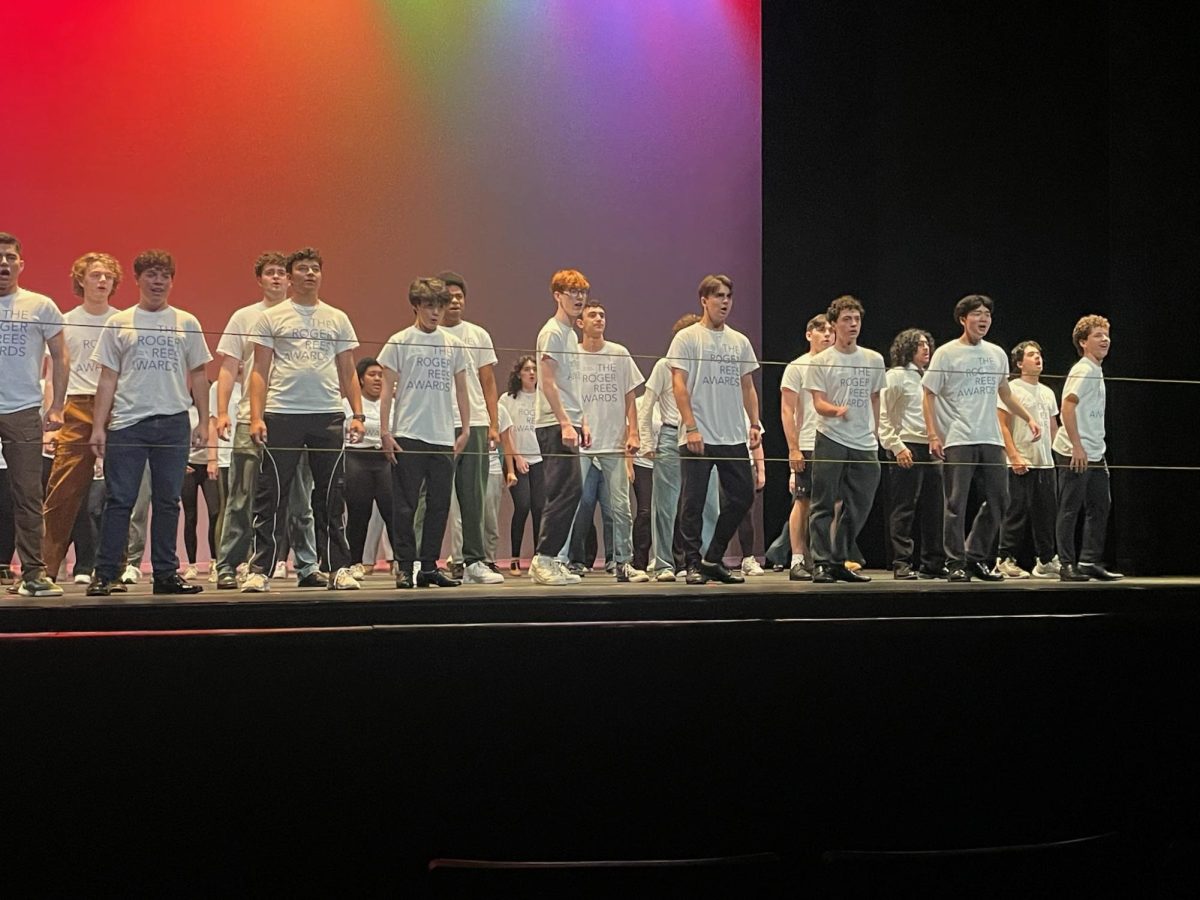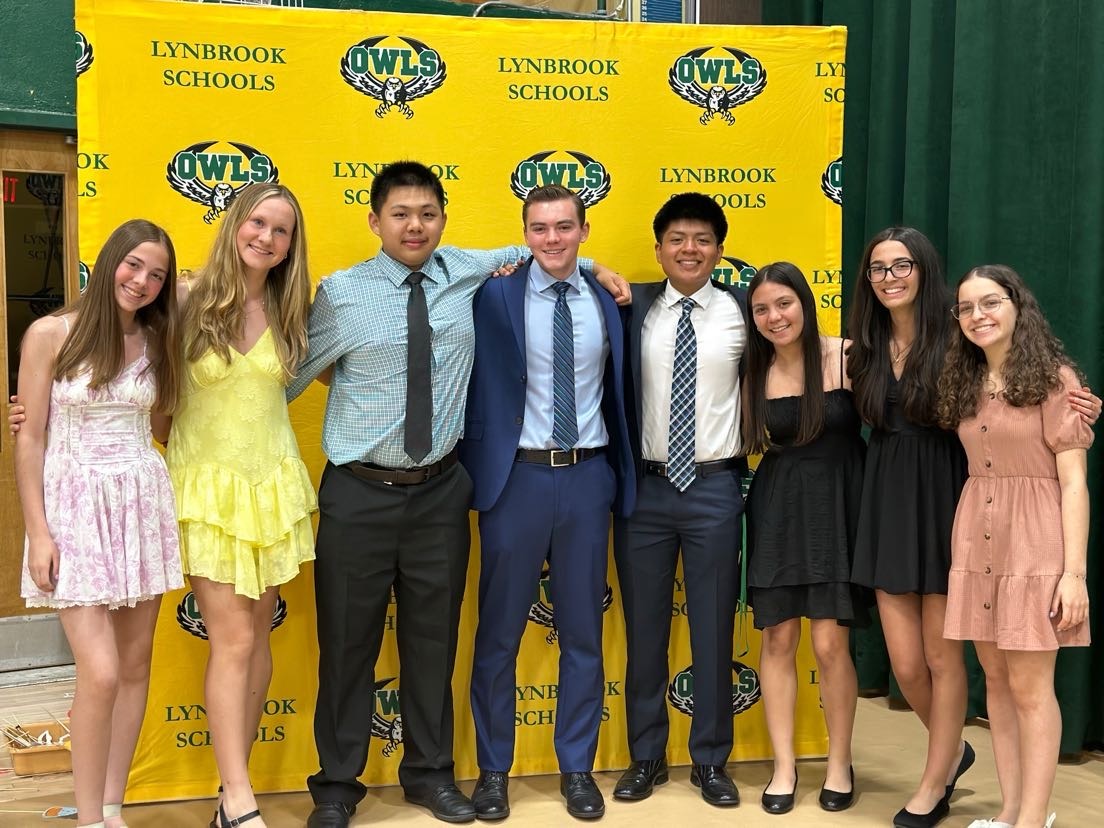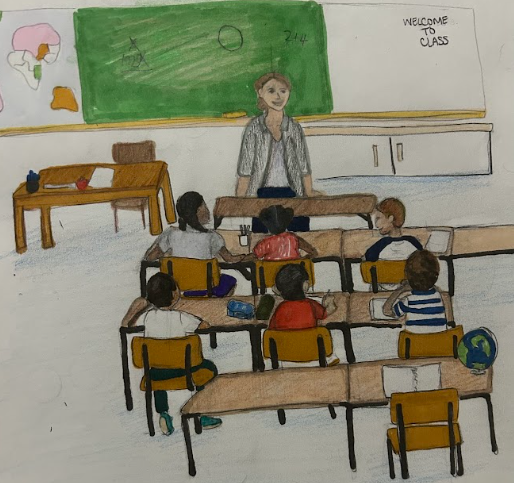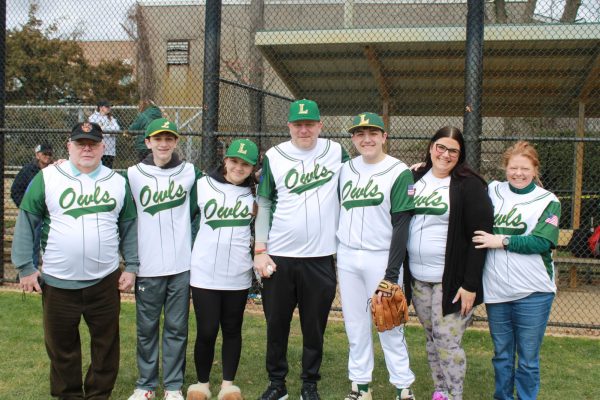Four Science Research Students Advance to Semifinals in National JSHS Competition
Every year, the Lynbrook Science Research Program competes in the Junior Science and Humanities Symposium (JSHS) by submitting six student research papers. This year, four of the six papers were chosen to advance as semifinalists. The semifinalists were selected based on their exceptional research papers and the results of their experiments.
The semifinalists presented their projects to a panel of expert judges to compete for a spot in the national JSHS competition on Feb. 6. The four senior research semi finalists who moved on in the competition are Elizabeth DiFiore, Kate Dooling, Collin Lung, and Manaka Ogura. Each student worked vigorously over a long period of time to prepare for the competition. While the semifinalist competition standings have not yet been announced, participants should know how they fared by Feb. 26 when the finalist round will be held.
DiFiore’s project is titled “Determining the Effect on Suburbanization on the Proximity and Abundance of Invasive Species in the Guggenheim Preserve Using Historical Documents and the Quadrat Method.” This project tested the impact of suburbanization – defined by increased levels of human population and settlements – on the species of the Guggenheim preserve in Port Washington. Since invasive species can be harmful to natural ecosystems, DiFiore wanted to test how an increase in suburbanization throughout Long Island was affecting the species. She completed her research over the summer in the Hofstra University geology lab.
DiFiore said it was a pleasant surprise to be selected as a contest semifinalist. “I never thought I would win anything or even qualify with my project,” she said. “I worked on my project not to win, but because I love conducting science research and making an impact on the world, no matter how small. It feels nice to be recognized for my hard work, and I am excited to compete in JSHS.”
Dooling’s project is titled “Identifying Correlations Between Diurnal Preference and Polymorphisms in Per2 and Per3 Genes Using RFLP and VNTR Analysis.” For her project, Dooling studied two genes – Period 2 and Period 3 – that are known to correlate with sleep preference. By combining these genes, there was a strong correlation between genetics and sleep preference.
The purpose of Dooling’s project was to test a better method of associating the Period 2 and Period 3 genes with sleep preferences in humans. Since so many people struggle with insomnia and other sleep issues such as Delayed Sleep Phase Syndrome, finding a new way to determine their sleep preferences more accurately and effectively could be very beneficial. In addition, it could allow for sleep specialists to make more accurate and patient-specific treatment plans.
Dooling has always been interested in sleep and how it works at a genetic level. When doing background research for JSHS, she found a study that was previously done that correlated just Period 3 and sleep preference.
“I thought the idea was really interesting and decided to make it new,” Dooling said. “It feels amazing to be a semifinalist! I and all of the other science research students put in so much work and dedication to our projects, and being a semi-finalist makes it feel as if my hard work is paying off.”
Lung’s project is titled “In Silico Studies of Neonicotinoids with CYPs and nAChRs – Opportunities for the Design of Selective Pesticides.” Neonicotinoids are pesticides that are extremely toxic to bees and are killing them. The purpose of his project is to develop a new pesticide that does not harm bees. With the help of his mentor, Lung was able to execute his experiment. Lung said he chose this project because he wants to go into the field of chemical engineering and he wanted to design something that could positively impact the world.
“Overall, it feels amazing and very rewarding to be selected as a semi-finalist because it demonstrates all the hard work I put into my project,” Lung said. “The countless hours are finally starting to pay off, and I am excited for future research competitions.”
Ogura’s project is titled “Optimization of Ideonella sakaiensis polyethylene terephthalate-degrading enzyme in pET21b(+)-Is-PETase in Escherichia coli”. Through a PASCO spectrometer, Ogura analyzed the degradation rate on the enzyme films of a genetically modified e. coli. She wanted to explore the intersection between chemistry and sustainability in our environment.
While researching, Ogura found an article on a new “plastic-eating enzyme” on Science Direct (sciencedirect.com) and was excited to learn more about microbiology. Her project has potential to decrease levels of plastic pollution by reducing PET (polyethylene terephthalate, which is a form of polyester). But first, more research is needed to understand polyethylene hydrolase’s role in solving plastic pollution.
“I’m truly grateful and honored [to be a semi finalist],” Ogura said. “I’m glad my two-year-long work was finally recognized. The pandemic had made things so much harder for us researchers, but we were all able to overcome these hard times.”

Hi, my name is Katy Gottlieb, and I am a member of the Class of 2025. I am currently an Online Editor-in-Chief and served as an A&E section editor...













































